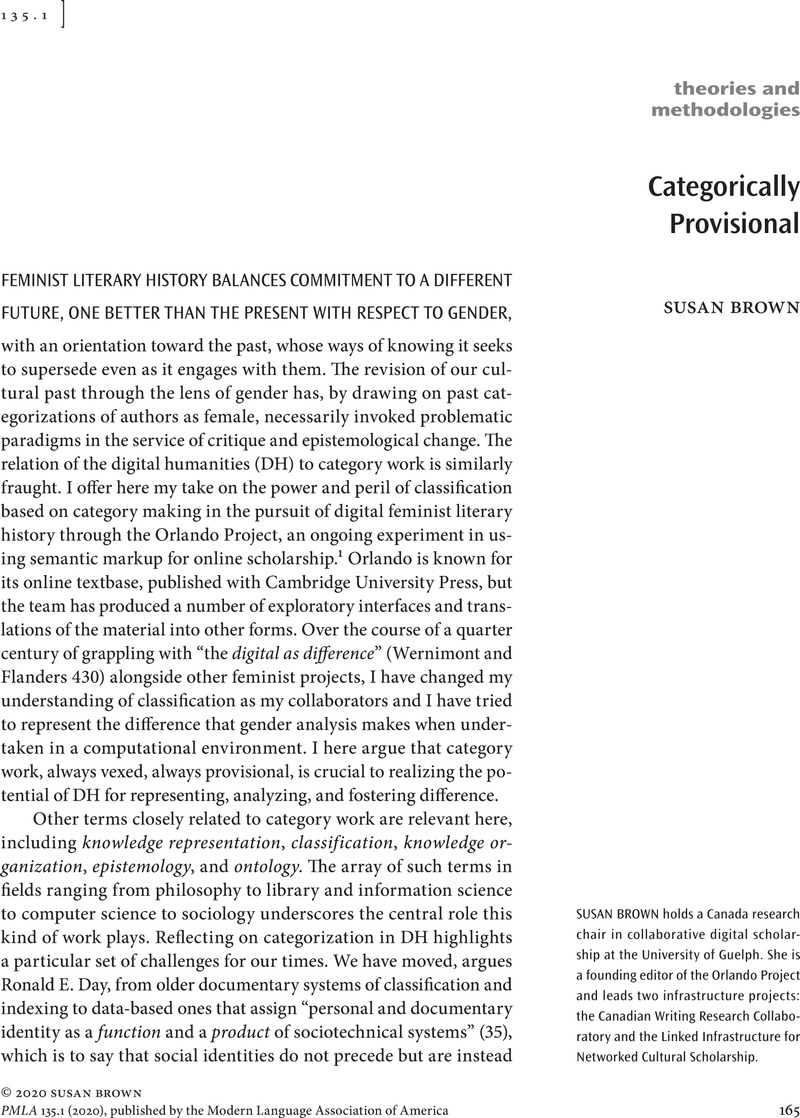Crossref Citations
This article has been cited by the following publications. This list is generated based on data provided by Crossref.
Crompton, Constance
2022.
The Palgrave Handbook of Digital and Public Humanities.
p.
89.
Dangoisse, Pascale
Basmechi, Farinaz
Schwartz, Michelle
Crompton, Constance
and
Lipski, Candice
2024.
Lesbian and Gay Liberation in Canada: Making Canadian LGBTQ2+ History Accessible.
Canadian Journal of Communication,
Vol. 49,
Issue. 3,
p.
486.
Shaw, Ryan
2025.
Conceptual modeling as language design.
Journal of the Association for Information Science and Technology,
Vol. 76,
Issue. 2,
p.
353.


